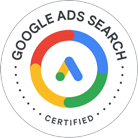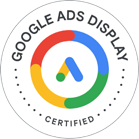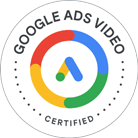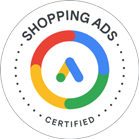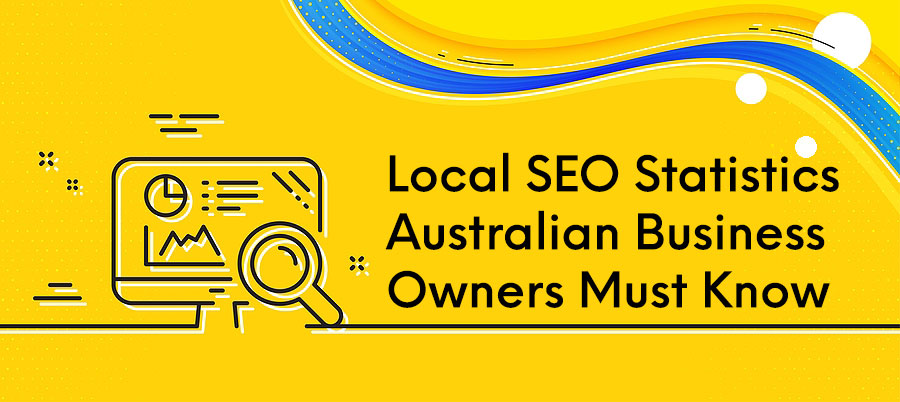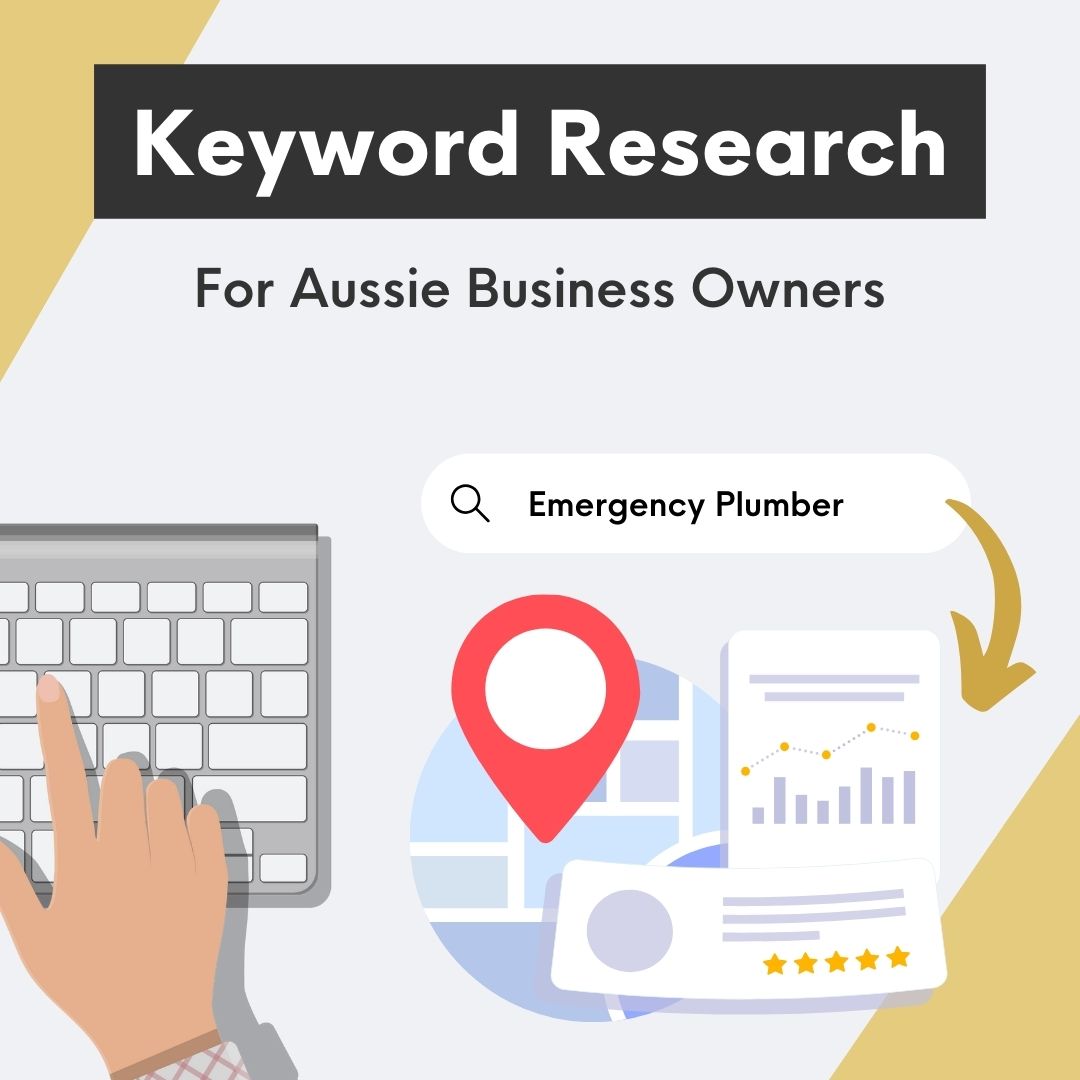Local SEO
We are a digital marketing agency specialising in local SEO services including website localisation, content creation, link building, keyword research, Google Business Profile, Citations, Reporting, Audits, Consulting & Reputation Management.
Our local SEO specialists will get your business found by new customers near you, like we've done for 563 clients across hundreds of locations around Australia since 2013.
If you want to work directly with a team of local SEO experts in Australia (we don't outsource your campaign overseas) get in touch with us today.
Help me
get more customers
We’re a certified local SEO company with a focus on driving qualified leads & phone calls, not just rankings!
We don't just say we're a results-driven agency. Everything we do aligns with it. That's the mindset our team applies to local SEO. While we are certified, educated, and knowledgeable about the theory of SEO, we have built our reputation on results and what works. This comes from experience. Our agency employs some of the best search engine optimisation experts in the industry, with experiences spanning 15+ years.
Why Local SEO and how can your agency help me increase my websites online visibility?
Customers in your area are going to Google to try and find you and research backs this up.
In 2020, 93% of consumers used online searches to find a local business. Google traffic (local & organic) make up 69% of overall traffic online. In 2021, 42% of searches involve clicks on the Google Map Pack.
If your business is not optimised for local search, you’re missing out on this golden opportunity.
Our SEO Agency puts your business in front of these hot and ready-to-buy prospects.
There is no other digital marketing strategy that comes close to the ROI our local SEO services provide.
Local SEO Services
Every local SEO campaign is different. Our agency can provide SEO services and campaigns or particular services as follow:
As part of our Local Content Creation services, our Australian-based writers will create high-quality, locally relevant content for your website.
Having Australian writers who understand where you are located and the area, increases your website's relevance to your suburb or city and improves your visibility in local search.
As part of our local link building services, we will connect your business with and get featured on relevant local websites.
Links on websites relevant to your business & location will strengthen your online presence and build lasting relationships within your community.
As part of our Local Keyword Research services, we will identify high-impact commercial keywords and essential topic areas required by Google to recognise you as the best choice for local rankings.
By employing local keyword research as part of your SEO strategy, your website increases its visibility for high-intent local searches and establishes your business as an authority in your industry and location.
As part of our Google Business Profile (GBP) set up, optimisation & management services we will claim and/or optimising your GBP and personalise it with photos, offers, posts and more.
By optimising and managing your GBP it gives your business the best chance to turn people who find you on Google Search and Maps into new customers.
As part of our Building & Managing Local Citations services, we will secure accurate, high-quality listings across local directories such as Yellowpages.com.au, HotFrog, TrueLocal and many more, following a proper NAP (name, address phone number) process.
Building and managing local citations improves search rankings and allows these directories to generate leads and phone calls independently.
As part of our local SEO reporting services, we will track every essential metric: posts, links, reviews, rankings, impressions, traffic, directions, conversions, and phone calls. If it matters, we measure it.
By tracking, measuring and receiving regular reports, you can see exactly how your campaign is performing and what ROI you're getting from SEO.
As part of our Local SEO Audit services, we will thoroughly examine your website to uncover hidden opportunities, fix performance issues, and optimise key pages.
A Local SEO Audit identifies and resolves SEO barriers, enhances your site's visibility in local searches, and improves user experience leading to increased traffic and higher conversion rates.
As part of our local SEO consulting services, we provide a full campaign strategy, including keyword research, technical SEO, on-page optimisation, link building and content creation.
The benefits of local SEO consulting include leveraging the expertise of our team while your own in-house team executes our designed strategies.
As part of our reputation management services, we will monitor, build & defend your company's reputation across online platforms such as Facebook, Instagram, Local Directories & Google.
By managing your company's reputation online, you build customer trust and loyalty, and in our experience, we have also observed higher search engine results.
Meet Our Local SEO Experts
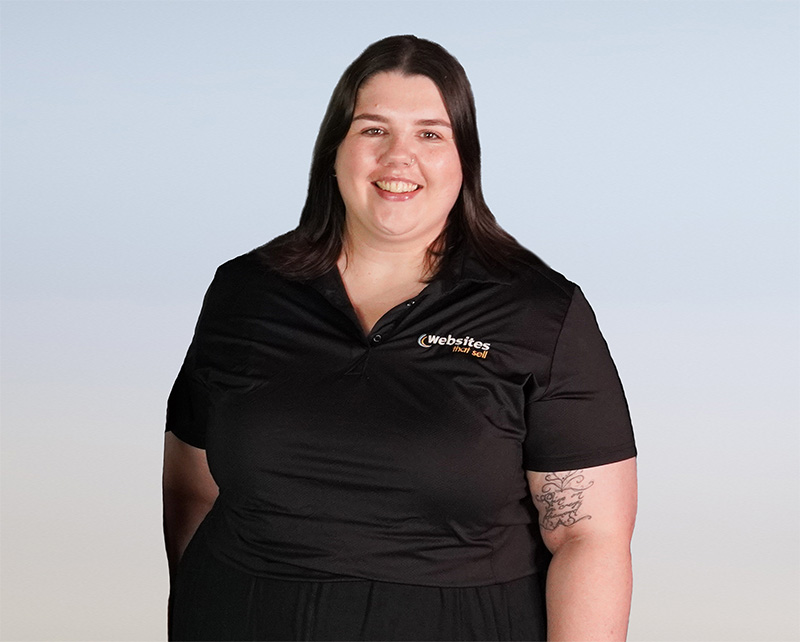


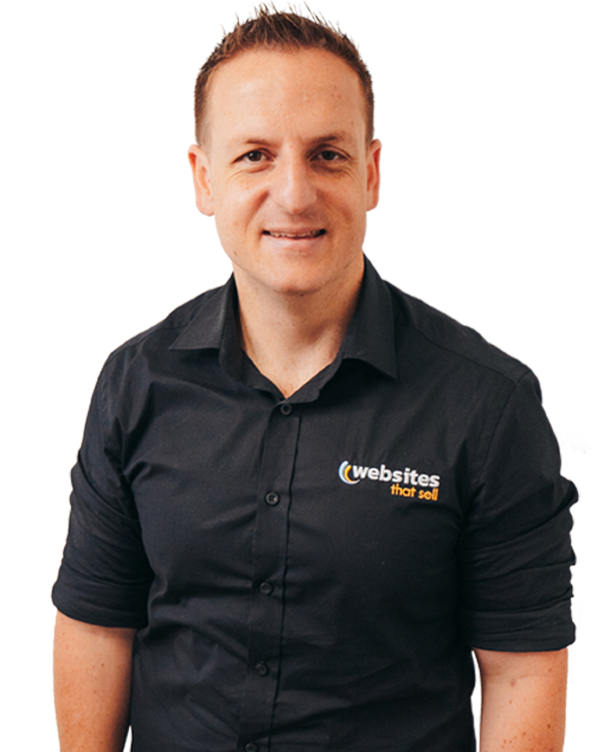
Here's what makes us specialists at Local SEO.
Since 2013 we’ve worked with 563 local business owners.
We’ve built 416 websites.
And ranked 328 of those websites on the first page of Google.
In 2024, our team of specialists helped our clients generate an average of:
- 2,639 new website visitors every month
- 178 directions via Google Maps every month
- 306 phone calls every month.
Our aim is that by the time you’re done reading this page you’ll not only understand the power of our Local SEO services, but you’ll also have overwhelming proof that we consistently deliver on everything we promise and can do the same for your business too.
Proof our Local SEO Gurus get results.
Local Content Strategy Takes Website Into The #1 Position On Google.
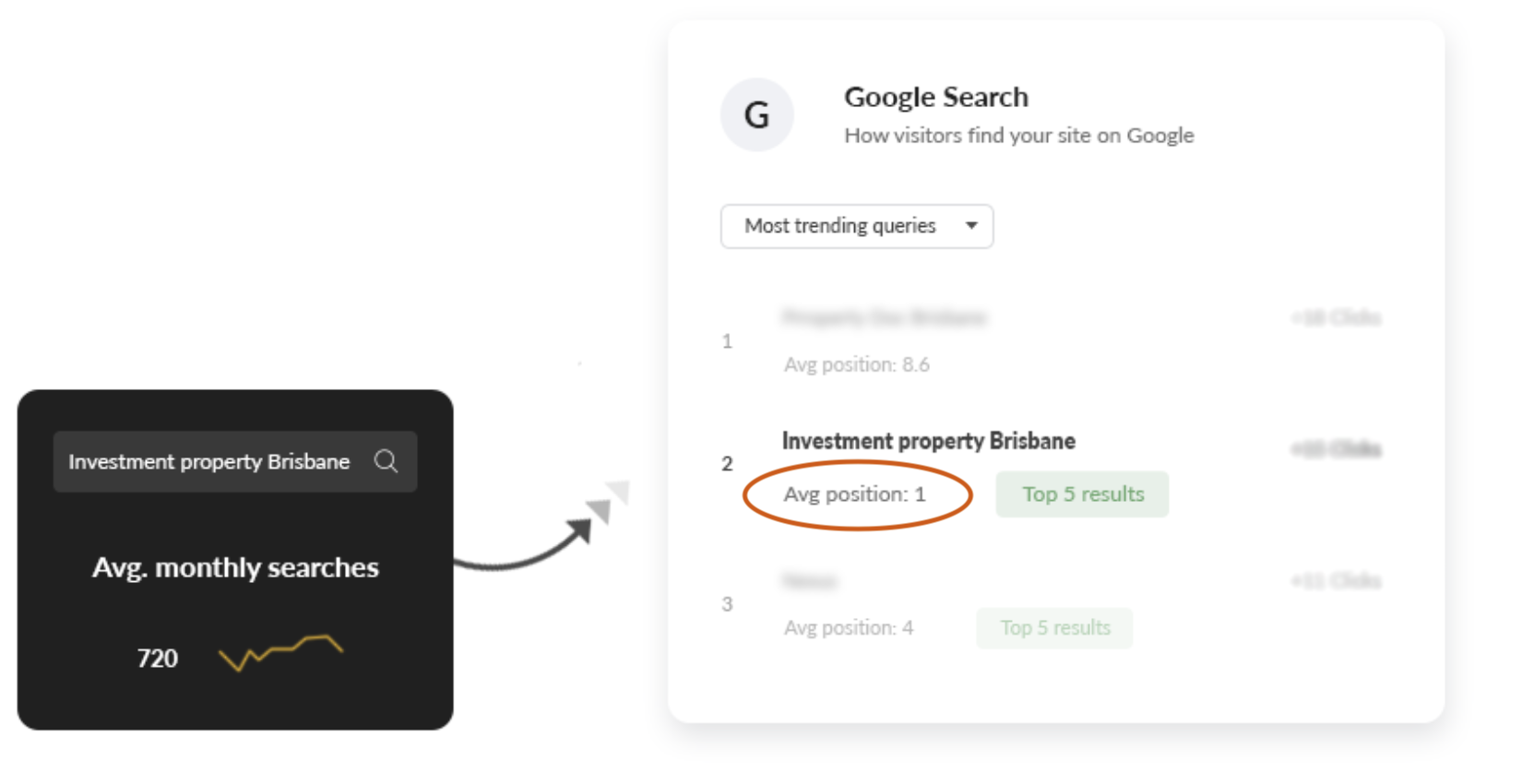
This client, had no presence in the search engines for searches relevant to their business.
Start a content marketing campaign combined with a targeted local SEO strategy.
Create a content piece that would tap into information local residents would want to know and utilise the SEO budget to make the piece rank.
No.1 ranking in the search results for a keyword that gets 720 monthly searches, and would have cost up to $5.43 per click using paid advertising.
Search Engine Optimisation takes financial services company to 7 figures in recurring revenue.
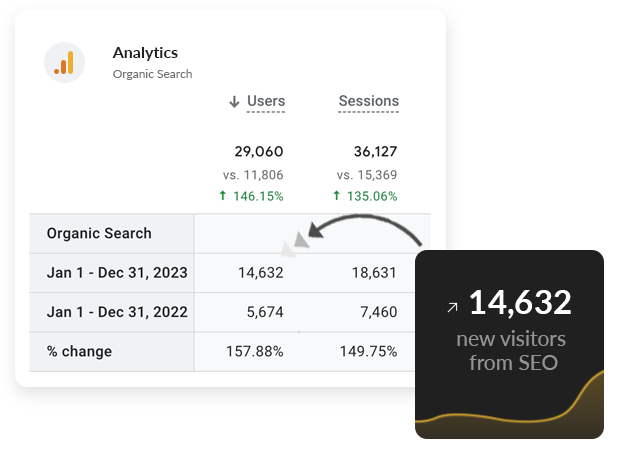
The client had no presence in the local market.
Build a landing page and supporting hyper local suburb pages.
Increase the website relevancy to target terms and deploy a local link building campaign.
Top rankings for service related keywords. Organic traffic grew from 5,674 to over 14,632 unique visitors per year. Revenue growth from 6 figures to 7 figures per year.
Google Business Profile generates 233 phone calls & 114 business directions in one month.
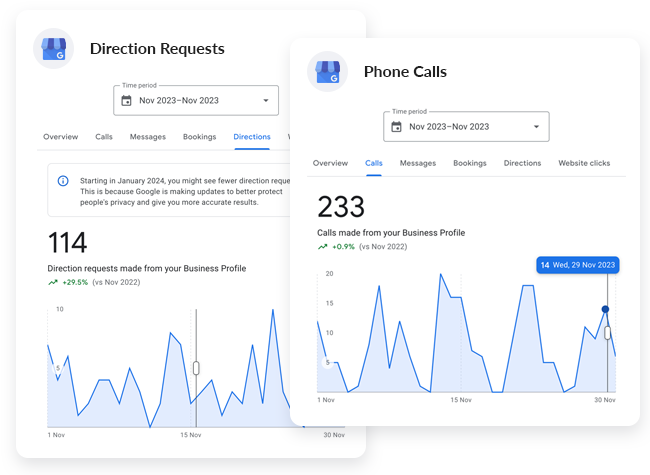
While the client ranked organically on Google, the business had no visibility in the maps pack.
Optimised the Google Business Profile. Create fresh content to feed into the profile. Build out local link profile.
Implement a Google Business Profile (GBP) specific SEO campaign.
The Google Business Profile generated 233 phone calls & 114 business directions in a single month!
Reviews from happy clients
Ready To Improve Your Local Visibility On Google?
Get in touch with us and one of our search engine optimisation specialists will discuss keywords for your industry, SEO opportunities and suggest a local SEO strategy to grow your business. You'll get a quick & easy to understand video to watch and help you understand how it all works, customised for your business. Others charge up to $500 for this, request yours for free today.
Still Not Sure About Local SEO?
Want to get in touch with us?
Speak to one of our digital marketing specialists and we can design an online marketing growth plan for you.


